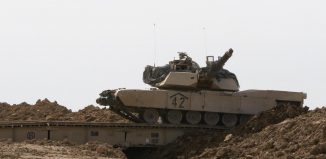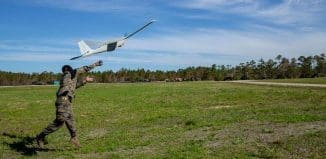In Search of Technologies to Counter Improvised Threats
This post is also available in:  עברית (Hebrew)
עברית (Hebrew)
The easy access to low-cost, sophisticated technology enables hostile elements to deploy a diverse and ever-evolving range of improvised threats, such as improvised explosive device (IEDs). The Australian Defense Industry Minister Christopher Pyne has allocated $10m in investment for the development of new technologies to defeat improvised threats.
The latest investment program invites researchers to develop new technologies to address the proliferation and variety of improvised threats, as part of the Counter Improvised Threats Grand Challenge.
The Grand ChCounter-Improviseds been launched as part of the $730m Next Generation Technologies Fund that is designed to provide critical capabilities for the future Australian Defense Force. The challenge is aimed at developing technology solutions that facilitate stand-off detection and neutralisation of improvised threats without casualties in a complex joint battlespace.
Pyne added: “The aim of this Grand Challenge is to develop a research demonstrator that will detect and respond effectively to these threats without putting defense personnel or civilians in harm’s way.
“I strongly encourage Australian universities and companies to contribute to this grand challenge with their innovative solutions which will save the lives of Australian soldiers.”
As part of the Grand Challenge, the Australian Government is calling on industry, academia and government research agencies to submit proposals for the development of the integrated improvised threat defeat system.
The proposals should address improvised threat defeat concepts, the development of sensor and neutralisation concepts and technologies, and / or algorithms for signal processing, data fusion, automatic target recognition and determining response options.
According to Pyne, commenting on the challenge: “Defeating improvised threats without casualties is a complex and tough problem that can only be solved through a collaborative effort involving multi-disciplinary research.
“This problem has been identified as the first Grand Challenge for industry, universities and research agencies under the Next Generation Technologies Fund announced last month.”





























